As a precious wood, huanghuali has become more and more rare under the craze of collections in recent years. Correspondingly, prices have risen. Driven by the interests, some unscrupulous merchants attempted to fish in troubled waters and made a fortune in this wave of “high fever and no retreatâ€. Therefore, many “fake yellow pears†appeared on the market. In general, Hainan huanghuali and Vietnamese huanghuali are more likely to be confused. Today we will focus on how to distinguish between Hainan huanghuali and Vietnamese huanghuali.
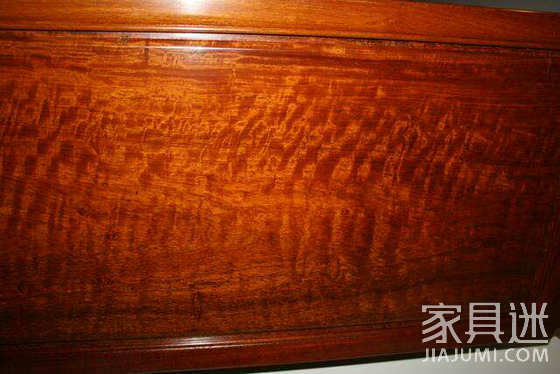
Hainan Huanghua Pear
Hainan huanghuali is also known as "buckwood". In the "Compendium of Materia Medica", it is called scent. Its woody water can lower blood pressure and blood lipids, and it can make pillows and promote blood circulation. Huanghua pear is very easy to survive, but it is extremely difficult to become a material. A tree with a thick bowl can only be used for the size of a rolling pin. The real material needs a growth period of hundreds of thousands of years. Its hard wood is the finest material for making classic hardwood furniture.
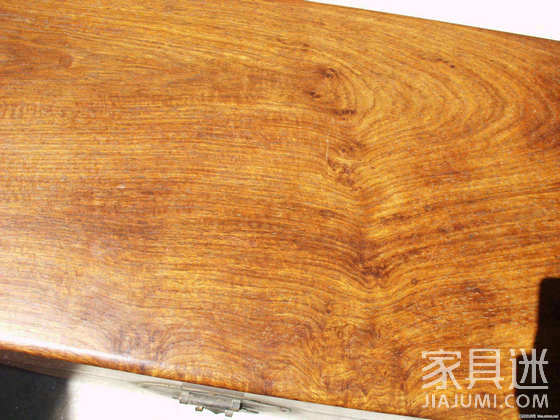
Vietnamese yellow pear
Because Vietnam and Hainan are geographically close to each other and are basically at the same latitude, Vietnamese huanghuali is very similar to Hainan huanghuali, especially wood from eastern Vietnam and Hainan across the sea.

Look at the grain
Hainan Huanghua Pear: The biggest feature is that the center of the grain group is "real", or thick or thin, it must be a black spot, and there is a sense of universality. Good texture, more grimace - Grimace is caused by crusting in the growing process, its knot is different from ordinary trees, no rules, beautiful patterns, so-called tiger skin, smooth lines, clear texture of materials , like the shape of wheat ears. Crab claws, texture or hidden or present, vivid and changeable.
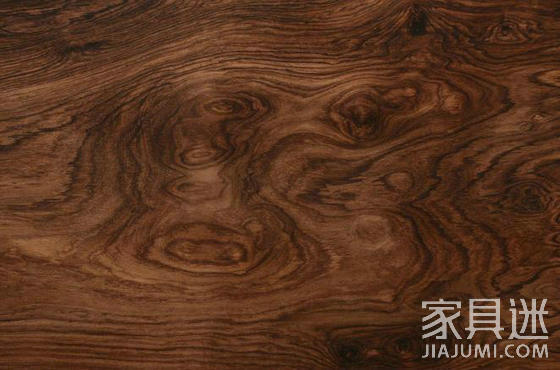
Vietnamese huanghuali: The center of the grain group is empty, and the lines are surrounded by circles and circles. When it reaches the center, it disappears step by step. And the texture is relatively thick, oily, dry, hairy. There is very little translucent amber in natural light. Vietnamese huanghuali also has grimacing faces, but the grimace lines are loose, slightly sluggish, lacking lively and vivid, and more variegated.
Touch surface
Hainan huanghuali: The surface is smooth, such as baby skin, and the feeling of warm and jade is the main reason for the appearance of sea yellow with extremely high density, very fine texture and cell structure and very dense material structure. Another important reason is the proportion of sea yellow oil (scented oil). According to relevant tests, the highest oil content of Hainan rosewood reached 27%, and the higher the value was only 0.5%. It is because of such a rich oil content that after a piece of sea yellow item has been played for a while, the surface will begin to form a layer of crystal clear, amber-like texture, which is called "pachet" in the industry.
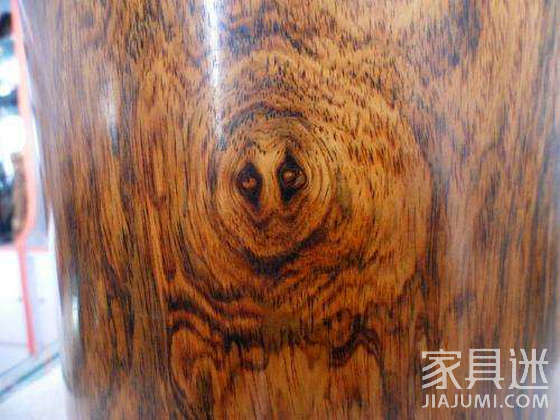
Vietnamese huanghuali: Compared to Hainan huanghuali, the surface is rough.
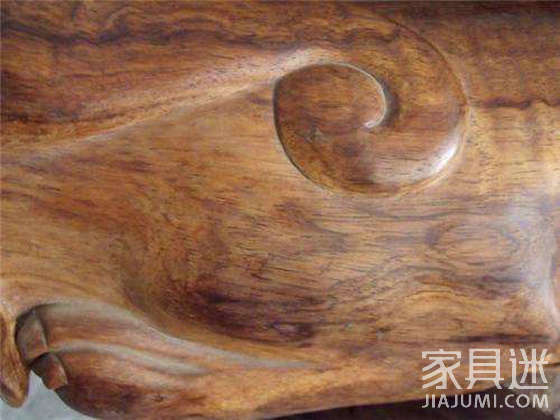
Smell
Hainan Huanghua Pear: It tastes bigger, that is, it is said to be fragrant, but it belongs to the fragrance. The new cut material has a spicy and pungent smell. The new cut surface has a strong spicy aroma. After the device, the aroma is weak and almost hard to smell, but it is slightly scraped. Then the aroma is tangy.
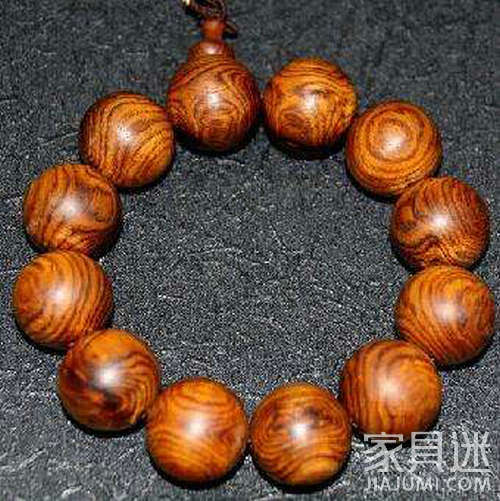
Vietnamese huanghuali: The acidity is strong and the fragrance is slightly smaller. The feeling is a slightly spicy, slightly pungent smell.
Further reading: How does the high-priced Hainan huanghuali bracelets form the eye pattern?
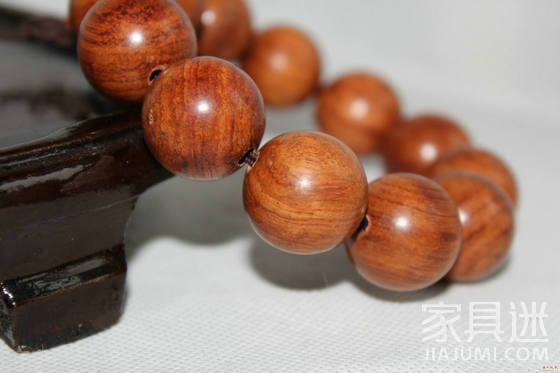
Next, let's take a look at the difference between yellow pear and rosewood.
concept
Huanghuali is known as the fragrant Dalbergia. It belongs to the leguminous Dalbergia genus fragrant wood in the classification of the national standard redwood, and it belongs to this category alone; rosewood, commonly known as "new pear", "fragrant rosewood", "grass pear", etc. It belongs to the leguminous rosewood in the national standard redwood classification, so it is not a genus.
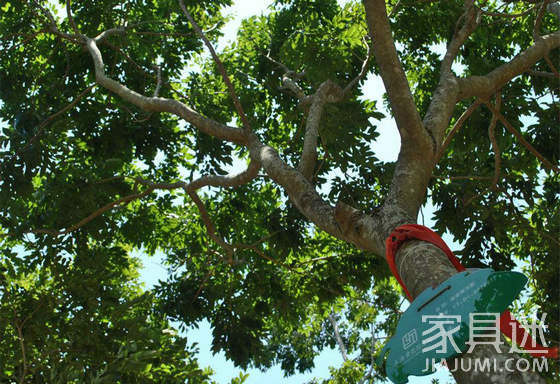
Yellow pear
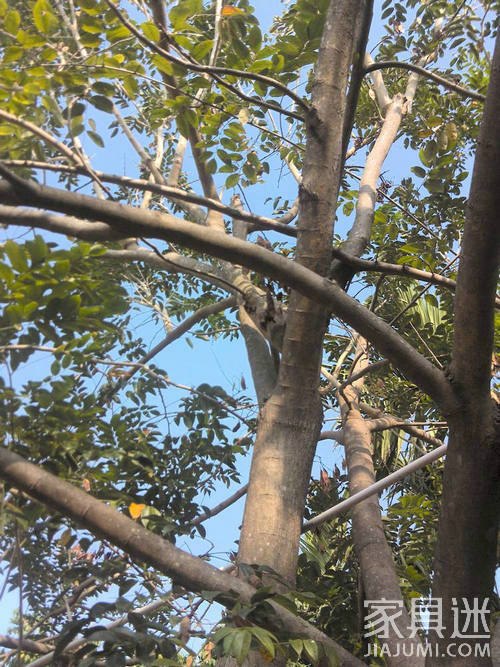
Rosewood
species
In the "National Standards of the People's Republic of China (Redwood)" (referred to as "Redwood National Standard"), the mahogany materials are divided into "5 genera, 8 classes and 33 tree species". Rosewood belongs to one of the 8 categories (rosewood), which belongs to the genus of the 5 genera; and the huanghuali wood belongs to one of the 33 species (the scientific name of the scented rosewood), which belongs to the fragrant wood of the 8 categories. Dalbergia in the genus, 5 genera.
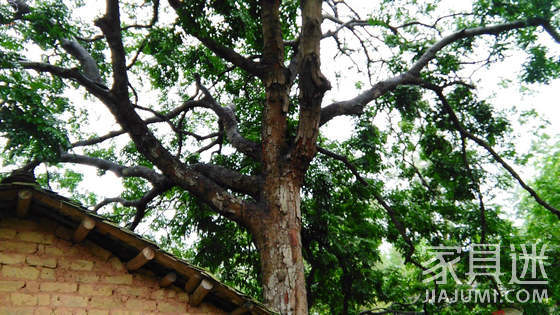
Yellow pear

Rosewood
price
According to the current market conditions, the quality of mahogany can be divided into four categories: the first is rosewood, huanghuali; the second is black rosewood, striped ebony; the third is red rosewood; The fourth is rosewood and chicken wing wood.
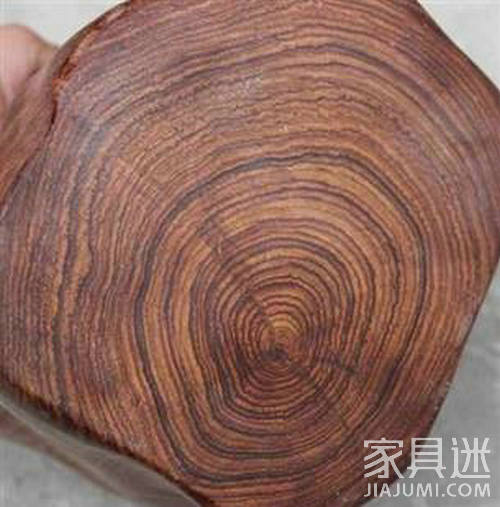
Yellow pear
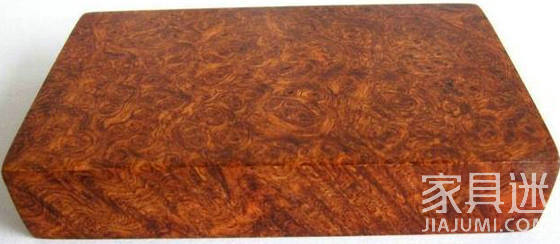
Rosewood
Glass Bottle,Glass Double Wall Bottle,Glass Tea Bottle,Glass Bottle With Silicone Cover
Ningbo Auland International Co.,Ltd. , https://www.everwaterbottle.com
